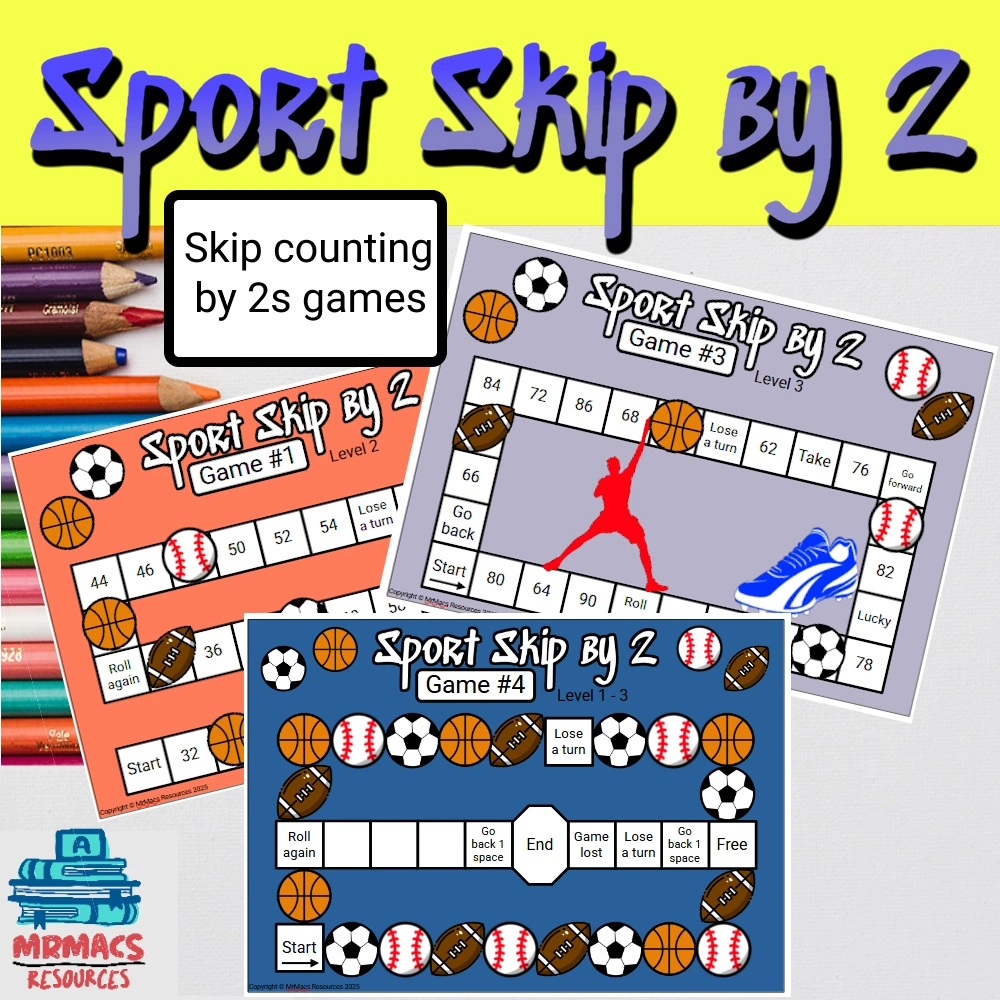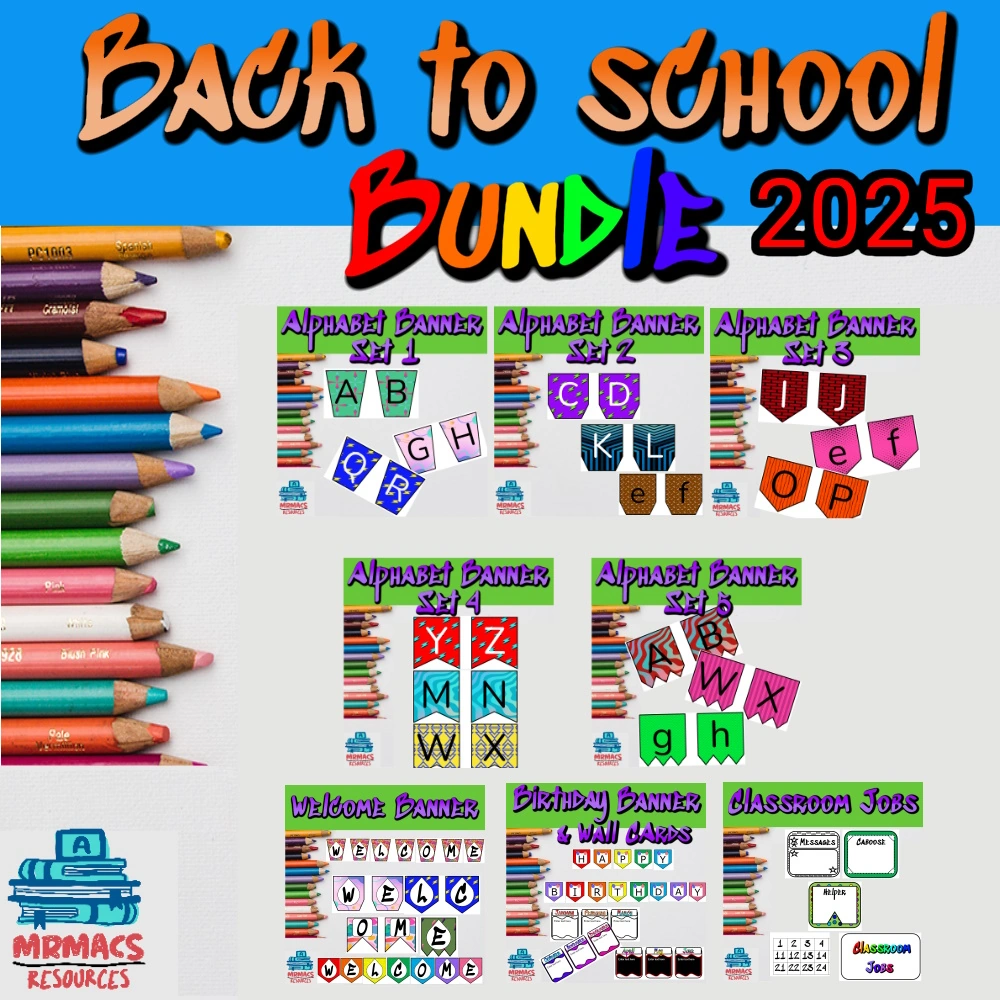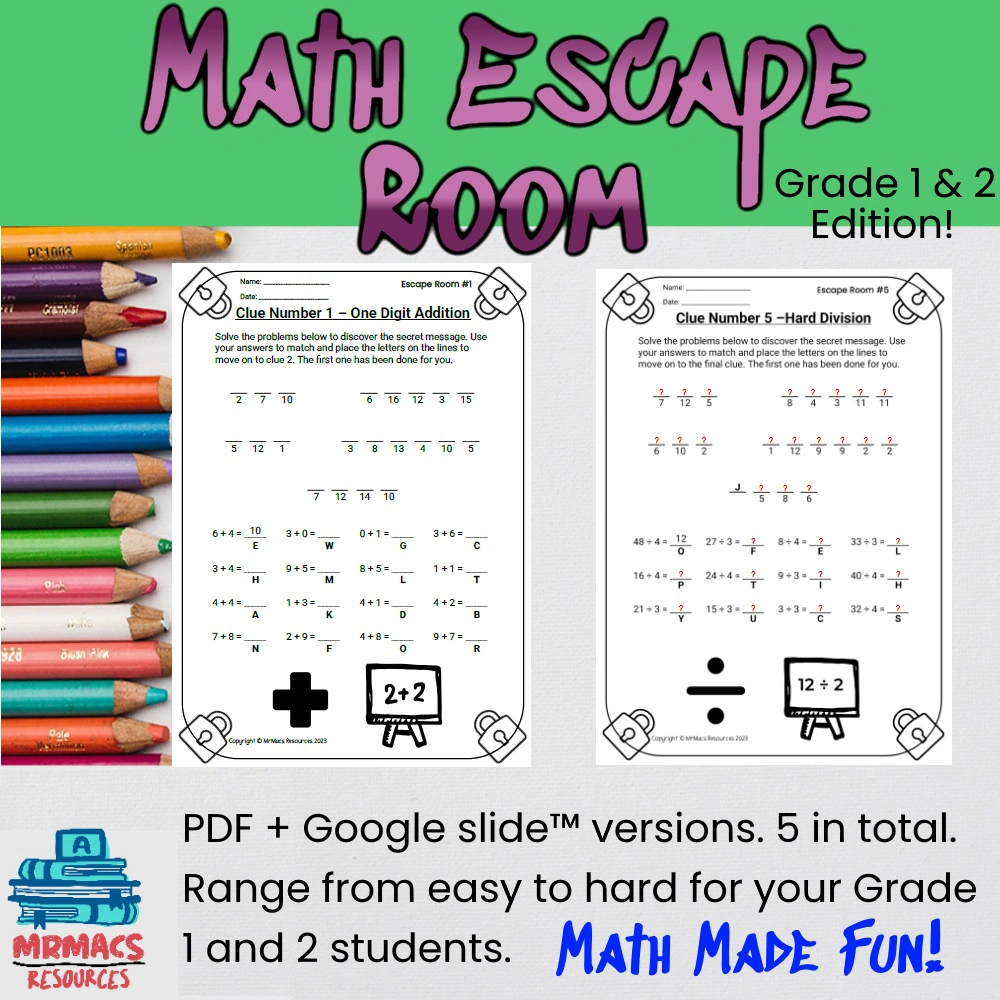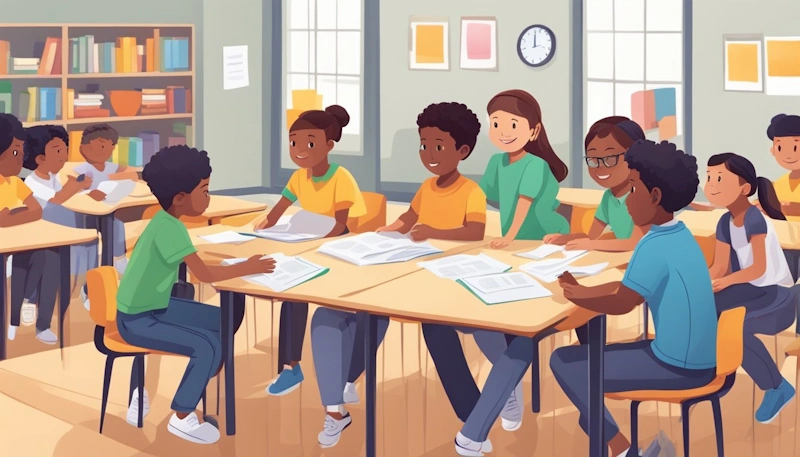
Critical thinking is one of the most valuable skills you can help young learners develop in today’s world. When children learn to question, analyse, and solve problems on their own, they become more confident students and better decision-makers. You can successfully foster critical thinking in young learners by using specific strategies that encourage questioning, problem-solving, and independent analysis.
Building these skills doesn’t require complicated methods or expensive tools. Instead, it involves creating opportunities for children to think deeply about everyday situations and challenges. Furthermore, when you understand the core elements that make up critical thinking, you can easily integrate these concepts into daily learning experiences.
Throughout this guide, you’ll discover practical strategies that work in both classroom and home settings. Additionally, you’ll learn about specific activities that make critical thinking engaging and fun for young minds. By the end, you’ll have a clear roadmap for nurturing these essential skills in the children you teach or raise.
Core Elements of Critical Thinking for Young Learners
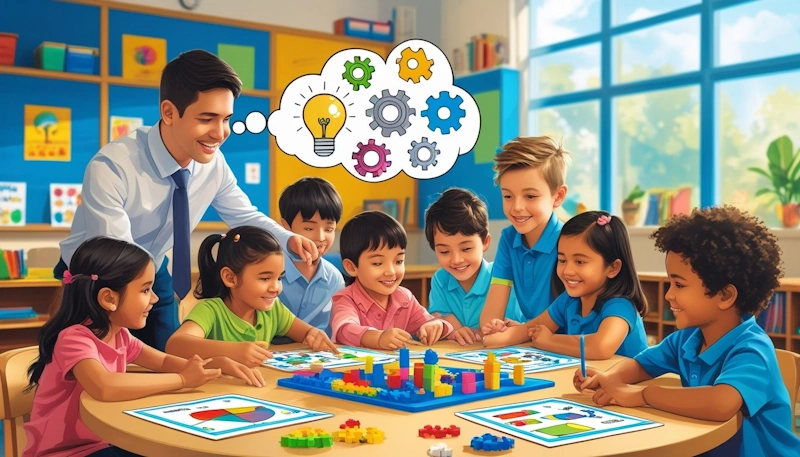
Critical thinking skills in young children centre on three key areas: understanding what these skills mean in childhood development, nurturing natural curiosity through questioning, and building strong decision-making abilities that help children adapt to new situations.
Defining Critical Thinking Skills in Childhood
Critical thinking in young learners means helping children think clearly about problems and ideas. Unlike adults, children develop these skills through play, exploration, and guided discovery.
Key components include:
- Problem-solving: Finding solutions to everyday challenges
- Analysis: Breaking down information into smaller parts
- Evaluation: Deciding what information is important
- Reasoning: Making connections between ideas
Young children naturally question the world around them. This curiosity forms the foundation for developing critical thinking skills. When you support this natural tendency, children learn to examine ideas more deeply.
What is more, critical thinking skills in childhood look different from adult thinking. Children learn best through hands-on activities and concrete examples. They need time to process information and make connections at their own pace.
The Role of Curiosity and Questioning in Critical Thinking
Curiosity drives critical thinking in young learners. When children ask “why” and “how,” they begin to develop deeper thinking skills. Your role is to encourage these questions rather than simply providing quick answers.
Effective questioning strategies:
- Ask open-ended questions that have multiple answers
- Use “what if” scenarios to spark imagination
- Encourage children to explain their thinking process
- Wait for responses before moving on
To add, children who feel safe to ask questions develop stronger critical thinking abilities. Create an environment where questioning is welcomed and valued. This approach helps children become confident thinkers.
Foster curiosity by introducing new experiences and materials. When children encounter something unfamiliar, they naturally begin to question and explore. This process builds critical thinking skills through active engagement.
Fostering Decision-Making and Adaptability to Enhance Critical Thinking
Decision-making skills help young learners become independent thinkers. Start with simple choices and gradually increase complexity as children develop confidence. This builds their ability to weigh options and consider consequences.
Practical approaches include:
- Offering choices in daily activities
- Discussing different solutions to problems
- Encouraging children to explain their decisions
- Supporting them when decisions don’t work out
Furthermore, adaptability helps children adjust their thinking when faced with new information. Young learners who develop adaptability skills become more flexible thinkers. They learn that changing their mind can be a sign of good thinking.
Create opportunities for children to practice decision-making in safe environments. When children make choices regularly, they develop confidence in their thinking abilities. Moreover, this confidence supports their willingness to tackle more complex problems as they grow
Effective Strategies to Foster Critical Thinking
Building critical thinking skills in young learners requires specific approaches that engage their natural curiosity and encourage deeper analysis. These strategies focus on hands-on problem-solving, demonstrating thinking processes, and creating opportunities for students to reflect on their learning whilst developing emotional intelligence.
Promoting Problem-Solving Activities to Enhance Critical Thinking
Problem-solving activities give students real chances to practice critical thinking skills. You can start by presenting open-ended questions that don’t have single correct answers. For example, ask “How might we reduce waste in our classroom?” rather than “What colour is recycling?”
Real-world connections make learning more meaningful. Present scenarios like planning a school garden or designing a playground. These activities require students to analyse information, consider different options, and make decisions.
Also, discussion plays a crucial role in developing thinking skills. When students share their problem-solving approaches, they learn from each other’s perspectives. You should encourage them to explain their reasoning and ask follow-up questions.
Collaborative problem-solving works particularly well with young learners. Partner or small group activities allow students to bounce ideas off each other. Moreover, this collaboration helps them see that problems often have multiple solutions.
Consider using these problem-solving formats:
- Case studies adapted for young learners
- Design challenges using everyday materials
- “What if” scenarios that encourage creative solutions
- Logic puzzles appropriate for their age level
Modelling and Teaching Creative Thinking
You must model critical thinking behaviour for your students to learn effectively. For instance, think aloud when you work through problems, showing students your thought process. Say things like “I’m wondering if there’s another way to look at this” or “Let me check if this makes sense.”
Demonstrate questioning techniques by asking yourself questions in front of students. Show them how you evaluate information and consider different perspectives. Ultimately, this transparency helps students understand that thinking is a process.
Creative thinking connects closely with critical thinking skills. Encourage students to generate multiple ideas before evaluating them. For example, you might ask them to brainstorm five different ways to solve a problem before choosing the best one.
Teaching specific thinking strategies gives students concrete tools. Show them how to:
- Compare and contrast different options
- Look for patterns and connections
- Consider cause and effect relationships
- Evaluate evidence and sources
Make thinking visible through graphic organisers, mind maps, and thinking routines. These tools help students organise their thoughts and see their thinking process clearly.
Integrating Reflection and SEL Practices
Reflection helps students become aware of their own thinking processes. You should build regular reflection time into your lessons. Ask students to think about what they learned, how they solved problems, and what they might do differently next time.
SEL practices support critical thinking development by helping students manage emotions and understand others’ perspectives. When students feel emotionally safe, they’re more likely to take thinking risks and share their ideas.
Likewise, create opportunities for students to reflect on their collaboration skills. After group problem-solving activities, ask them to consider how well they listened to others and shared their own ideas. This reflection builds both thinking skills and social awareness.
Lifelong learning attitudes develop when students see mistakes as learning opportunities. Encourage them to view challenges as chances to grow rather than tests of their ability. This mindset helps them persist when thinking gets difficult.
Use these reflection strategies:
- Learning journals where students record their thinking
- Exit tickets with questions about their problem-solving process
- Peer feedback sessions focused on thinking strategies
- Self-assessment tools that help students evaluate their growth
To conclude, regular reflection helps students transfer their thinking skills to new situations and subjects.
Practical Activities and Real-World Applications to Enhance Critical Thinking
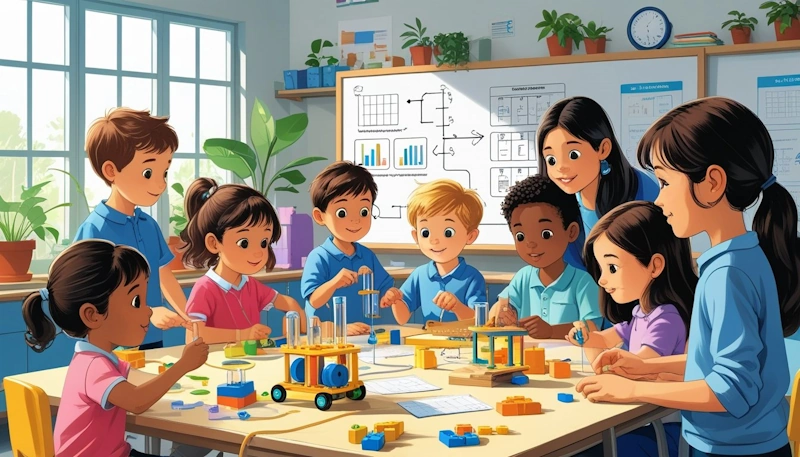
Critical thinking develops best through hands-on experiences that connect learning to everyday situations. These activities help students apply their knowledge whilst building problem-solving abilities and communication skills.
Active Learning for Everyday Problem-Solving
Active learning transforms passive students into engaged problem-solvers. You can present real-world challenges like reducing school waste or designing safer pedestrian crossings. Students analyse the problem, research solutions, and create prototypes.
The “What If” challenge sparks curiosity and creativity. Ask questions like “What if gravity stopped for 10 seconds?” or “What if teachers had to wear uniforms at school?” These scenarios encourage students to explore consequences and consider multiple perspectives.
Problem-solving activities include:
- Building challenges with limited materials
- Egg drop experiments using creative protection methods
- Designing solutions for community problems
- Creating inventions to solve everyday issues
Ultimately, students develop problem-solving skills by working through these structured challenges. They learn to break down complex problems into manageable parts. This approach builds confidence in tackling unfamiliar situations.
Role-Playing and Collaborative Projects
Role-playing activities help students explore different viewpoints and develop empathy. You can assign controversial topics and randomly assign positions, regardless of personal beliefs. This forces students to research multiple sides and build strong arguments.
Collaborative projects like “Worst Case Scenario” divide students into teams facing challenging situations. With limited resources and time, teams must reach viable solutions. These activities strengthen teamwork whilst developing communication skills.
Effective collaborative approaches:
- Debate with assigned positions
- Group problem-solving scenarios
- Team-building challenges
- Silent brainstorming sessions
Moreover, students learn to listen actively and respect different opinions. They practice supporting their ideas with evidence and logical reasoning. These skills directly transfer to academic success and workplace environments.
Enhancing Communication Skills and Academic Success
Critical thinking activities naturally improve communication skills. Students learn to articulate their thoughts clearly and support arguments with evidence. Think-pair-share exercises encourage discussion and higher-order thinking.
Furthermore, reading and critiquing articles develops analytical abilities. Students evaluate strengths and weaknesses in published work. They identify biases and challenge assumptions whilst forming their own judgements.
Communication-building activities:
- Socratic seminars with open-ended discussions
- Presentation of research findings
- Peer review and feedback sessions
- Structured debates and discussions
To conclude, these activities prepare students for academic success by developing essential skills. Students become better writers, speakers, and critical thinkers. They gain confidence in expressing ideas and defending positions with logical reasoning.
Conclusion
In conclusion, fostering critical thinking in young learners is essential for their academic and personal growth. By implementing practical strategies such as encouraging questioning, promoting problem-solving, and facilitating reflective discussions, educators can create an environment that nurtures analytical skills.
Furthermore, these approaches help students become independent thinkers who are better equipped to navigate complex challenges.
Therefore, adopting these methods not only enhances learning but also prepares children for future success.
Ultimately, cultivating critical thinking from an early age lays a strong foundation for lifelong learning.
What practical strategies have you found most effective in fostering critical thinking skills among young learners?
About The Author

Hi! My name is Mr Mac. I am a K – 6 teacher. I love to create resources for teachers to make their teaching lives easier.
